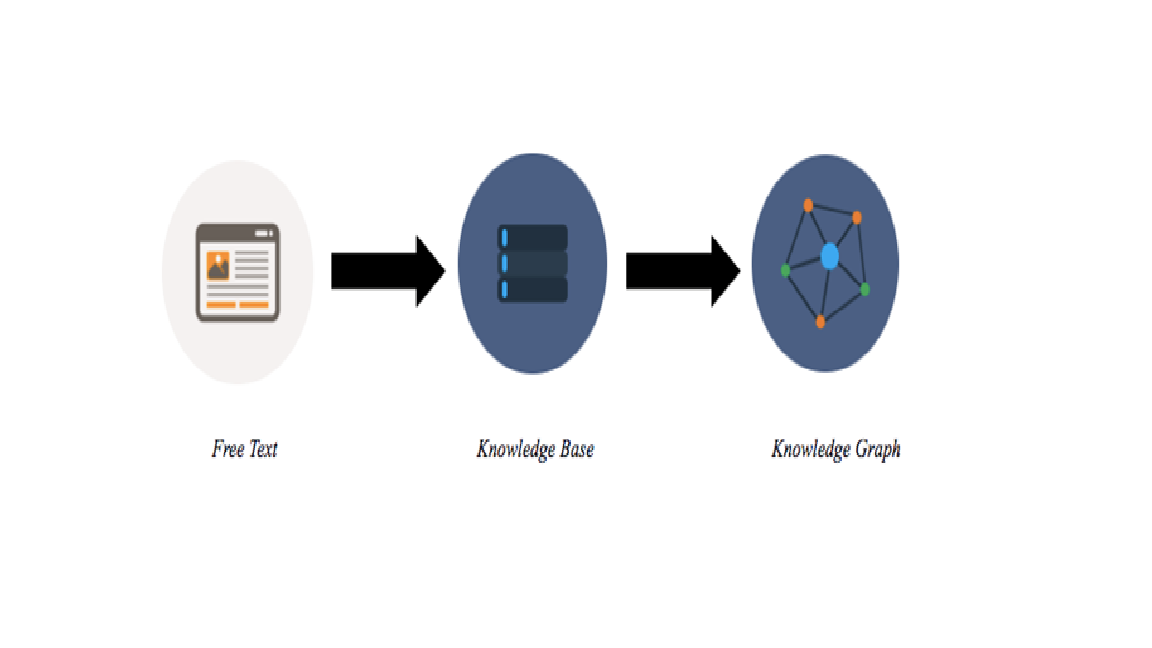Semantic Web Technologies for Knowledge Graph Construction and Querying
Main Article Content
Abstract
Knowledge Graphs (KGs) have become a pivotal structure in modern data management, providing an efficient means to model and query complex, interrelated data. Leveraging Semantic Web technologies, such as RDF (Resource Description Framework), OWL (Web Ontology Language), and SPARQL (SPARQL Protocol and RDF Query Language), facilitates the creation, management, and querying of these graphs, ensuring interoperability, expressiveness, and scalability across diverse domains. This paper explores the integration of Semantic Web technologies in the construction of Knowledge Graphs, focusing on the foundational roles of RDF for data representation and OWL for defining ontologies. Additionally, we delve into the use of SPARQL for querying KGs and highlight recent advances in automated reasoning and inference to enhance knowledge discovery. The application of Linked Data principles is also discussed, showcasing the interconnectivity of knowledge across the Web. Through case studies and examples, we examine the practical challenges and solutions in building large-scale KGs, with an emphasis on data integration, semantic consistency, and efficient querying. Finally, we present future directions for the evolution of KGs, including the integration of machine learning for enhanced semantic analysis and the role of KGs in next-generation artificial intelligence systems.
